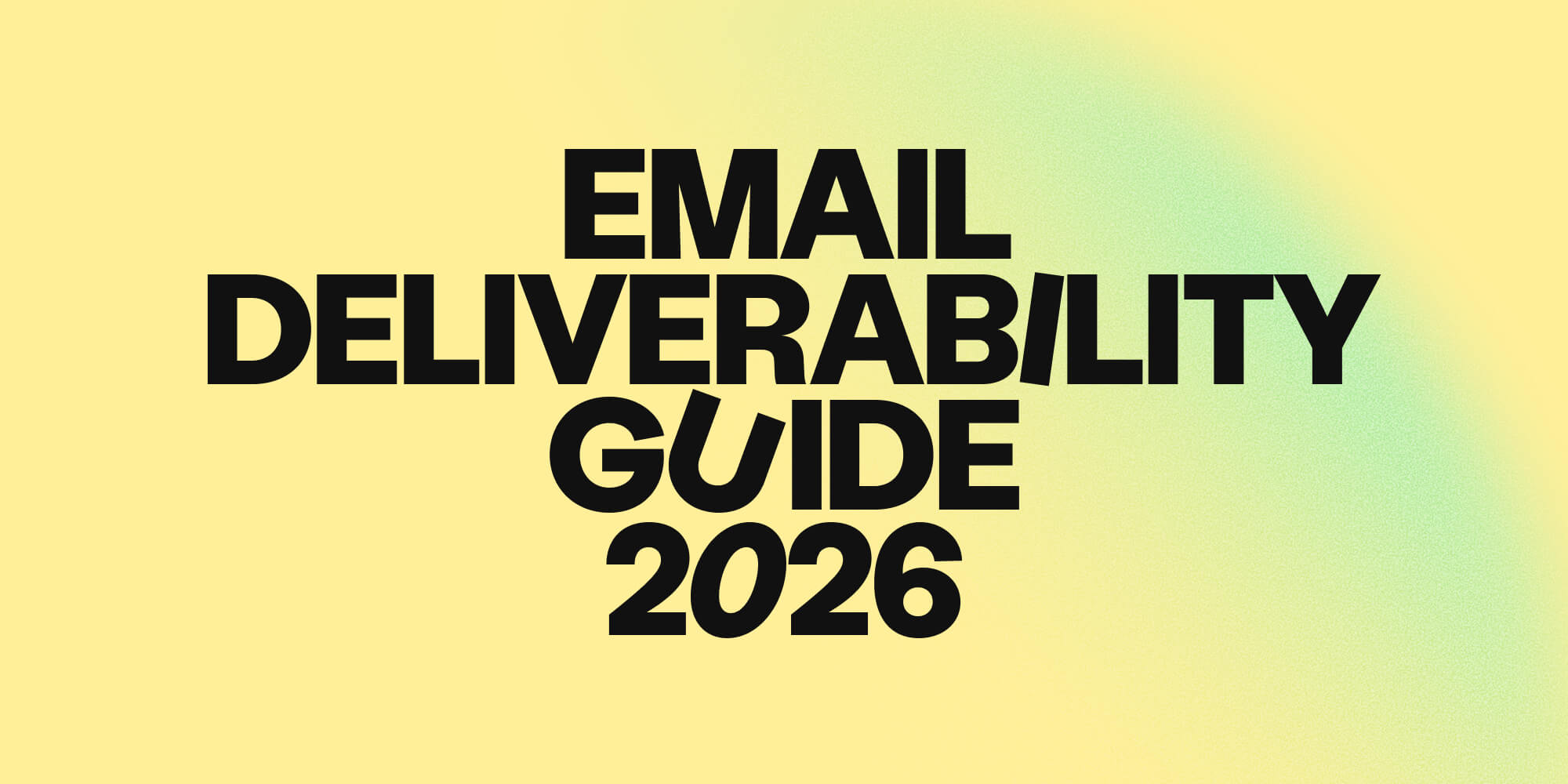What’s the difference between sales and marketing messaging in B2B?
•
April 3, 2024
.jpg)
Marketing vs. sales: either a dream collaboration or a constant tug-of-war.
Both teams have their role to play in nurturing leads through your sales funnel, and of course, both are at their most effective when they have open channels of communication and complement each other’s lead generation efforts.
But while marketing and sales both aim to achieve similar overall objectives, making the most of their respective nuances will help you create impactful messaging campaigns that maximize your funnel conversions.
So what’s the difference between marketing and sales messaging? How can each team create messaging that resonates with prospects? And how can sales and marketing work together and leverage their respective strengths?
Let’s find out.
Understanding sales messaging and its purpose
Sales messaging is the art of crafting tailored communications to engage with prospects and guide them through your sales funnel.
Unlike marketing messaging, which focuses on building brand awareness and generating leads, sales messaging targets individuals.
These could be people who have already expressed interest in your company's product or service, or people who don’t yet know you exist but fit your ideal customer profile (ICP). For instance, you might create lists of prospects to contact using your B2B database searcher or else identify promising prospects using LinkedIn Sales Navigator.
Sales messaging can be warm (targeting an existing interest) or cold (targeting totally new leads).
The objectives of sales outreach are to:
- Engage the prospect and start a conversation to learn more about their needs, interests, and buying intent.
- Convert the prospect to the next stage of the sales funnel by encouraging them to take action, whether it’s booking a discovery call, attending a demo, taking a free trial, etc.
Effective sales messaging examples
The key to great sales messaging is personalization.
Since sales messaging is used to target your individual buying personas, tailoring your outreach to specific recipients shows you’ve taken an interest in their needs and helps them trust you more as a seller.
Here are some examples of effective sales messaging in cold emails:
- Hyper-personalization: "Hi [Prospect's Name], I noticed you recently downloaded our ebook on [Topic]. I thought you might find our upcoming webinar on [Related Topic] valuable. Would you be interested in learning more?"
- Problem-solving approach: "Struggling to increase your website traffic [Prospect’s Name]? Our SEO optimization services have helped clients like [Client Name] achieve a 50% increase in organic traffic within three months. Let's discuss how we can help you."
- Clear call-to-action: "I’d love to you to get a feel for how our solution can help you generate more leads in a matter of minutes. If you’re up for a free trial, just reply “I’m in!” to this email!"
Understanding marketing messaging and its purpose
Marketing messaging (sometimes known as brand messaging) encompasses a broader strategy of communicating with prospects and leads to build brand awareness, generate interest, and nurture relationships. Most (but not all) marketing efforts will be directed toward the very top of your sales funnel to generate inbound leads your sales team can follow up.
In practice, this could include creating educational blog content, promotions on your website, informative newsletters, or social media campaigns.
Traditionally, marketing messaging isn’t as hyper-personalized as sales messaging because it is used to target broader audiences instead of individuals. Nevertheless, there’s still potential for some level of personalization or audience segmentation; for instance, using targeted ads to re-engage website visitors, or creating educational content relevant to a specific buyer persona.
The primary objectives of marketing messaging are to:
- Establish brand awareness so prospects know your solution exists and start to understand its unique value proposition.
- Encouraging prospects to engage so they become marketing-qualified leads (MQLs) and convert to the next stage of the funnel (i.e. a personalized message from a sales rep).
Effective marketing messaging examples
Like sales messaging, marketing messaging should always put the prospect’s needs and interests first.
However, since marketing outreach doesn’t tend to be so minutely personalized, it instead nurtures long-term brand awareness through clear, consistent, and credible messaging.
Here are some examples of effective marketing messaging:
- Compelling newsletter subject lines: "Close deals faster this month with next-level AI analytics!"
- Educational content: "Discover the latest trends in digital marketing: Free webinar."
- Inspiring calls-to-action: "Get 20% off your first purchase with our offer code."
Marketing vs. sales messaging: How are they similar?
As you can see above, there are some similarities between marketing and sales messaging. After all, they’re both working towards the same goal: to fuel your pipeline and get more deals closed!
Areas of overlap include:
- Audience segmentation: Both work well when you segment audiences based on demographics, behavior, or preferences to deliver targeted messages.
- Business funnel alignment: Both contribute to guiding prospects through the various stages of the sales funnel, from awareness to conversion.
- Inciting action: Both need clear calls-to-action to make it easy for prospects to progress to the next stage in their buying journey.
- Data-driven approaches: Both utilize data to optimize campaigns and improve engagement, such as targeting leads with buying intent or previous website visitors.
- Branding consistency: Together, sales and marketing work best when they communicate your value proposition consistently and maintain a cohesive brand image across all touchpoints.
Marketing vs. sales messaging: How are they different?
When it comes to messaging tactics, there are some clear differences between the way sales and marketing teams communicate with prospects.
This should not be a point of friction. On the contrary, sales and marketing teams need to learn to unify their distinctive approaches to build a water-tight sales funnel and ensure no leads slip through the cracks.
Areas where sales and marketing messaging diverge include:
- Recipient relationship: Sales messaging tends to target prospects at an individual level. Marketing messaging typically aims to engage broader audiences and cultivate more general brand awareness.
- Funnel focus: Marketing messaging primarily targets the top of the funnel to generate leads, while sales messaging concentrates on nurturing high-intent or qualified leads and closing deals in the middle and bottom of the funnel.
- Immediate goals: Marketing messaging focuses on driving long-term awareness and engagement, whereas sales messaging aims to initiate conversations, build relationships, and drive conversions in the short term.
How to harmonize your sales and marketing outreach efforts
Both sales and marketing messaging play integral roles in engaging prospects, nurturing relationships, and driving business growth. Understanding their distinctions and leveraging their unique strengths allows you to build more comprehensive multi-channel communication strategies and boost your conversion rates!
When it comes to identifying the target audience you want to engage, the more detail you have on your prospects, the better. Amplemarket’s B2B prospecting tools allows marketing and sales teams to identify their ideal customers with incredibly detailed demographic and technographic criteria so they can orchestrate hyper-relevant segmented campaigns across email, LinkedIn, and beyond.
Sign up for a demo to learn more about how Amplemarket can accelerate your sales cycle today!
FAQs
How can I create effective sales messages?
To craft effective sales messages, understand your audience, highlight benefits, use persuasive language, address objections, and include a clear call-to-action.
How can I create effective marketing messages?
You can craft impactful marketing messages by understanding your audience, focusing on benefits, creating compelling content, tailoring your message to each channel, and incorporating visuals.
What are the differences between sales and marketing messages?
Sales messages aim to initiate conversations and drive conversions with interested prospects, while marketing messages focus on creating awareness and nurturing leads among broader audiences.
Subscribe to Amplemarket Blog
Sales tips, email resources, marketing content, and more.










